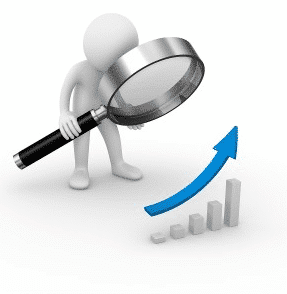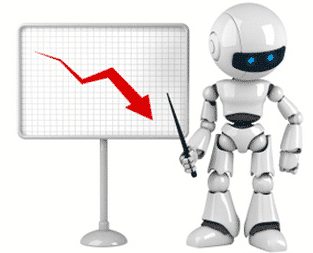Types of Forex Trading Analysis
There are many different ways to analyse the Forex markets to make trades.
Whilst some people will be drawn to one over the other there is no one “holy grail” that will make you rich overnight. Many people come to Forex believing that it is a get rich quick scheme. Forex is NOT a get rich quick scheme and people who treat it as such will fail.
Forex is a business and only the people who treat it as a business, and are serious about their trading will have success. If you are looking to get rich quickly, I advise you to go to the casino or somewhere else to gamble. If you are serious about trading Forex, and you want to treat trading like a business, you have come to the right place!
Whilst there is no one right way to make money in Forex market, there are easier methods than others. Over the years the one thing that has stuck out to me is how hard and complicated traders try to make trading.
Quite often traders who are struggling believe they are struggling because they are missing something, or are not looking far enough into it. This is quite often the exact opposite. The more traders complicate things, normally the worse their results will be. The best trading methods in the world are both logical and simple.
To understand what methods are the best to trade Forex, you have to understand what other methods and systems others are using. Below you will find the most commonly used trading methods used throughout the world.

Fundamental Trading
Fundamental analysis is all about taking the current status of each country’s economic balance sheets and trying to find currency pairs that are cheap or expensive. A trader who uses fundamentals will also rely heavily on news announcement to guide them in their trading.
The major problem with trading with the news and fundamentals is the price of a currency pair rarely if ever reacts to which way the news announcement went or the fundamentals.
The reason for this is traders are buying and selling everyday on what they think will happen. By the time the news is released, the currency prices have already had this news release factored into them.
This is what many refer to as “buy the rumor and sell the fact”. All this means is by the time the news is released the currency in question has already had the announcement factored into the price and will often move the opposite way to what would be expected.
Robots/EA’s
Trading with Robots and Expert Adviser (EA’s) is very common with new traders. Because new traders are often on the hunt for the Holy Grail, they go looking for a robot to trade for them.
All a Forex robot does is make trades by itself using certain criterion that has been inbuilt. You can buy Forex robot’s or make your own.

The simple fact is Robot’s and EA’s rarely work and none of them do for very long. The market is constantly changing which means even if one robot is profitable now; the chances are that it won’t stay that way for long.
The reason that a lot of new traders use EA’s and Robots to trade is that they are uneducated and fail to realise that the best asset they have in the markets is their mind. The human mind can adapt and change to the ever changing market dynamics which is needed to succeed.
Trading Indicators
Trading with indicators is a very slippery slope that normally ends with confusion. Like trading robots indicators are very popular with newer traders. Indicators are what traders can place on their chart to help them in their decision process. Examples of indicators are moving averages and MACD.
The reason indicators are a slippery slope is it is impossible to know when a trader has enough or too little.
A common example is a trader starts with one or two indicators. They luckily make a winning trade using these indicators. The next trade they lose and they think to themselves “If two indicators helped me make a winning trade, using another one will help even more”, and so the trader adds another indicator. What ends up happening is the chart becomes a mess with indicators all over it and the trader can no longer see what is happening with the price.
The trader then becomes confused because they have so many indicators that will start to contradict each other. It will end with a trader suffering from “analysis paralysis” and a very confused trader no better off than at the start of their journey.
Professional traders tend to stay away from indicators and concentrate on a simple method that focuses on price movement and key levels in the market.
Technical Analysis
Traders that use technical analysis are using price charts, price patterns and sometimes indicators to help them make trading decisions. Whilst traders using fundamental analysis are using news and economic reports to make trading decisions, technical traders are only interested on what is happening on the charts.

A few common chart patterns technical traders use are:
- Head and Shoulders
- Double top/bottom
- Cup and Handle
- Rising and Sloping Trend Lines
And a few common indicators use by technical traders are:
- Moving Averages
- MACD
- Average True Range (ATR)
- Relative Strength Index (RSI)
Within technical trading there are many different types of trading methods to be used. One of these methods is Price Action trading, which is the system of using only raw price for analysis.
Price Action involves trading high probability price patterns that form regularly. More information on price action and how you can learn to trade price action can be found in later chapters.

